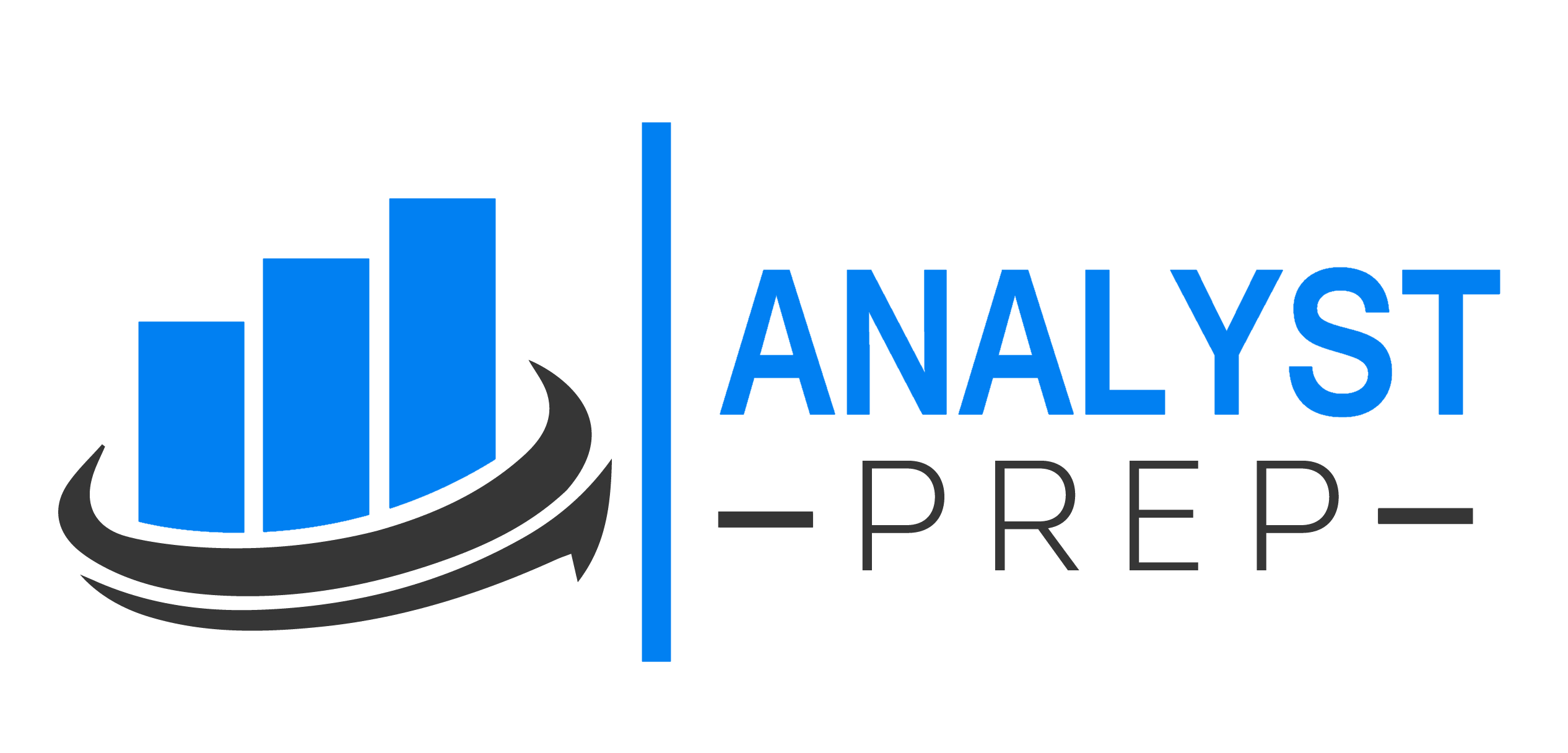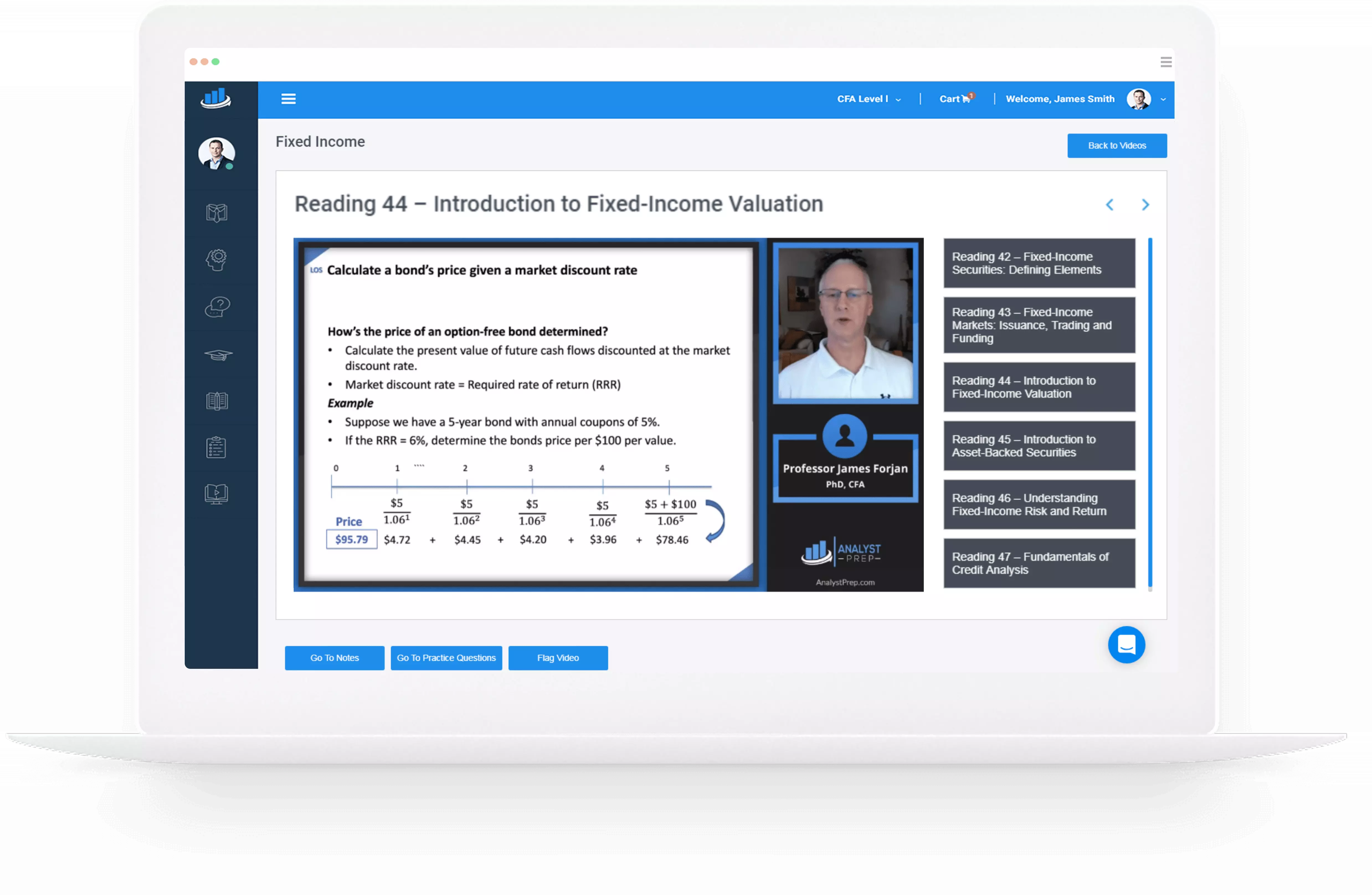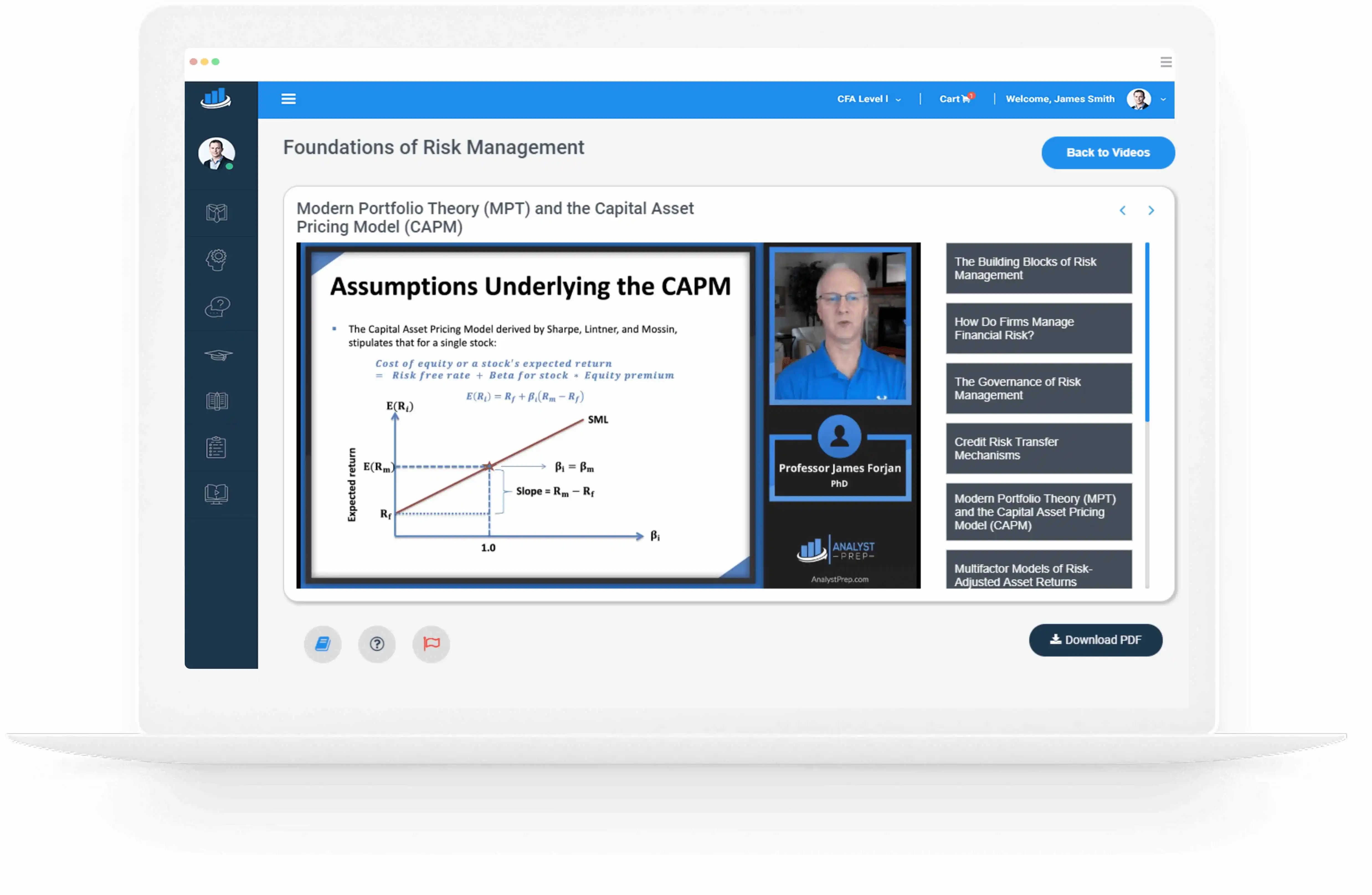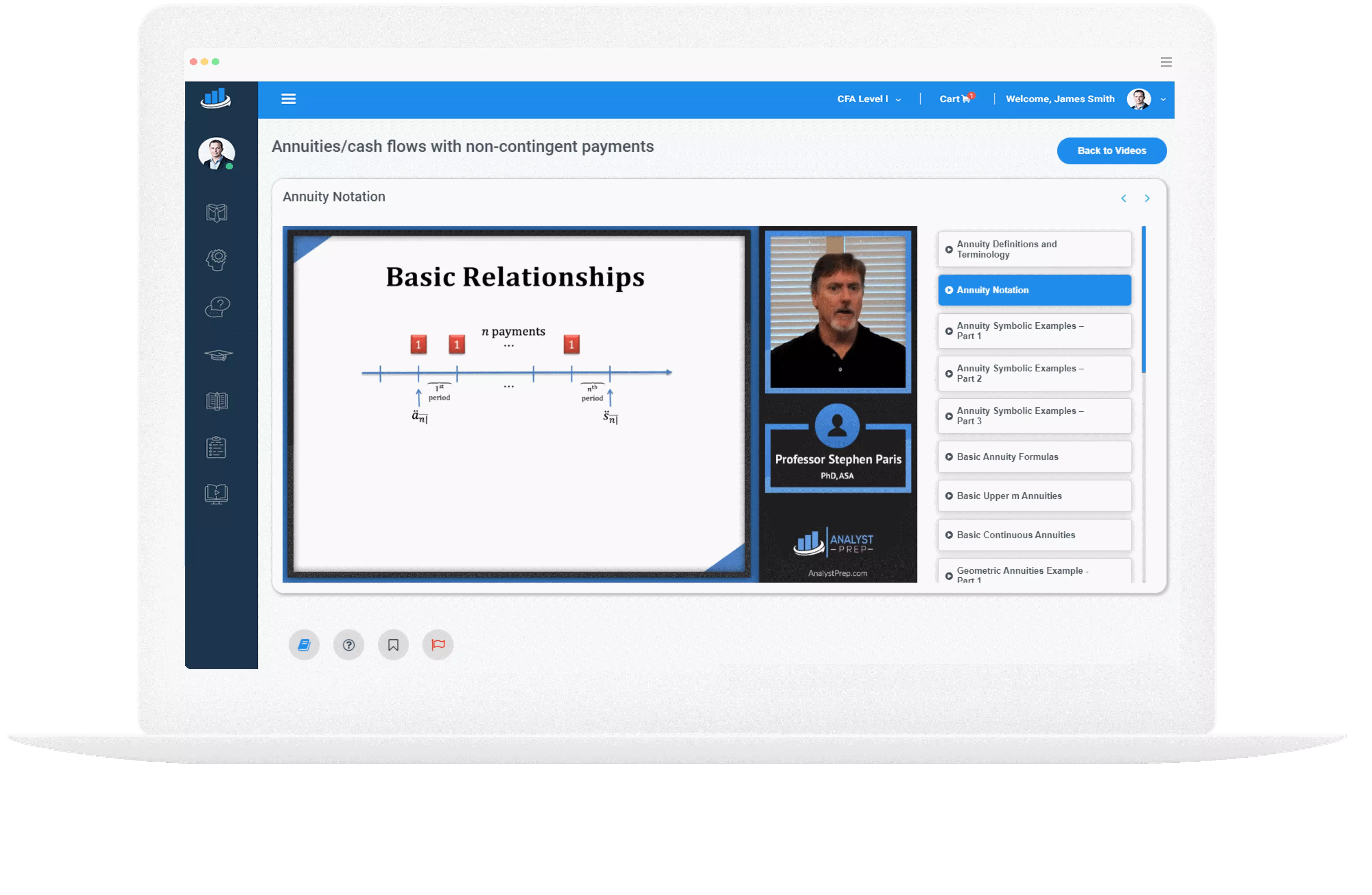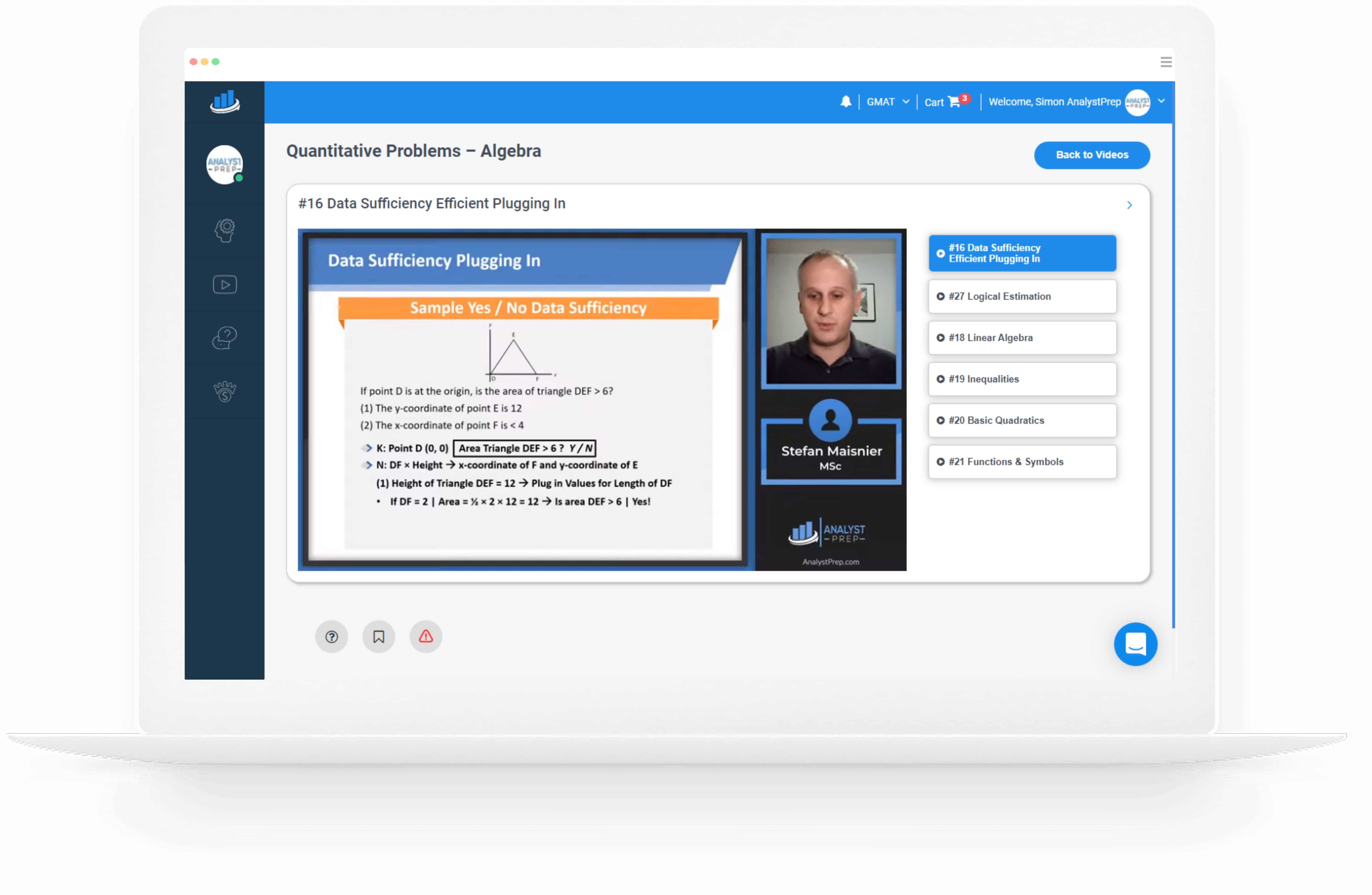Managing Nondeposit Liabilities
After completing this reading, you should be able to: Differentiate the various sources of non-deposit liabilities at a bank. Describe and calculate the available funds gap. Discuss the factors affecting the choice of non-deposit funding sources. Calculate the overall cost…
Capital Structure in Banks
After completing this reading, you should be able to: Evaluate a bank’s economic capital relative to its level of credit risk. Identify and describe important factors used to calculate economic capital for credit risk: the probability of default, exposure, and…
What is ERM?
After completing this reading, you should be able to: Describe enterprise risk management (ERM) and compare and contrast differing definitions of ERM. Compare the benefits and costs of ERM and describe the motivations for a firm to adopt an ERM…
Validating Rating Models
After completing this reading, you should be able to: Explain the process of model validation and describe the best practices for the roles of internal organizational units in the validation process. Compare qualitative and quantitative processes to validate internal ratings…
Default Probability, Credit Spreads and Funding Costs
For credit valuation adjustments (CVA) and debt valuation adjustments (DVA) in the qualification of counterparty risk to be defined comprehensively, default probability and recovery rates associated with those are required. Relevant funding costs that are required when a position is…
Model Risk
The objective of this chapter is to identify and explain modeling assumption errors through which model risk can be introduced. The arising of model risk in a model’s implementation will be studied. Furthermore, in risk mitigation, risk managers can apply…

The Evolution of Stress Testing Counterparty Exposure
After completing this reading, you should be able to: Differentiate among current exposure, peak exposure, expected exposure, and expected positive exposure. Explain the treatment of counterparty credit risk (CCR) both as a credit risk and as a market risk and…
The Art of Term Structure Models: Drift
After completing this reading, you should be able to: Construct and describe the effectiveness of a short-term interest rate tree assuming normally distributed rates, both with and without drift. Calculate the short-term rate change and standard deviation of the rate…
Regulation of OTC Derivatives Market
After completing this reading, you should be able to: Summarize the clearing process in OTC derivative markets. Describe changes to the regulation of OTC derivatives that took place after the 2007-2009 financial crisis and explain the impact of these changes….

An Introduction to Securitization
After completing this reading, you should be able to: Define securitization, describe the securitization process and explain the role of participants in the process. Explain the terms over-collateralization, first-loss piece, equity piece, and cash waterfall within the securitization process. Analyze…
